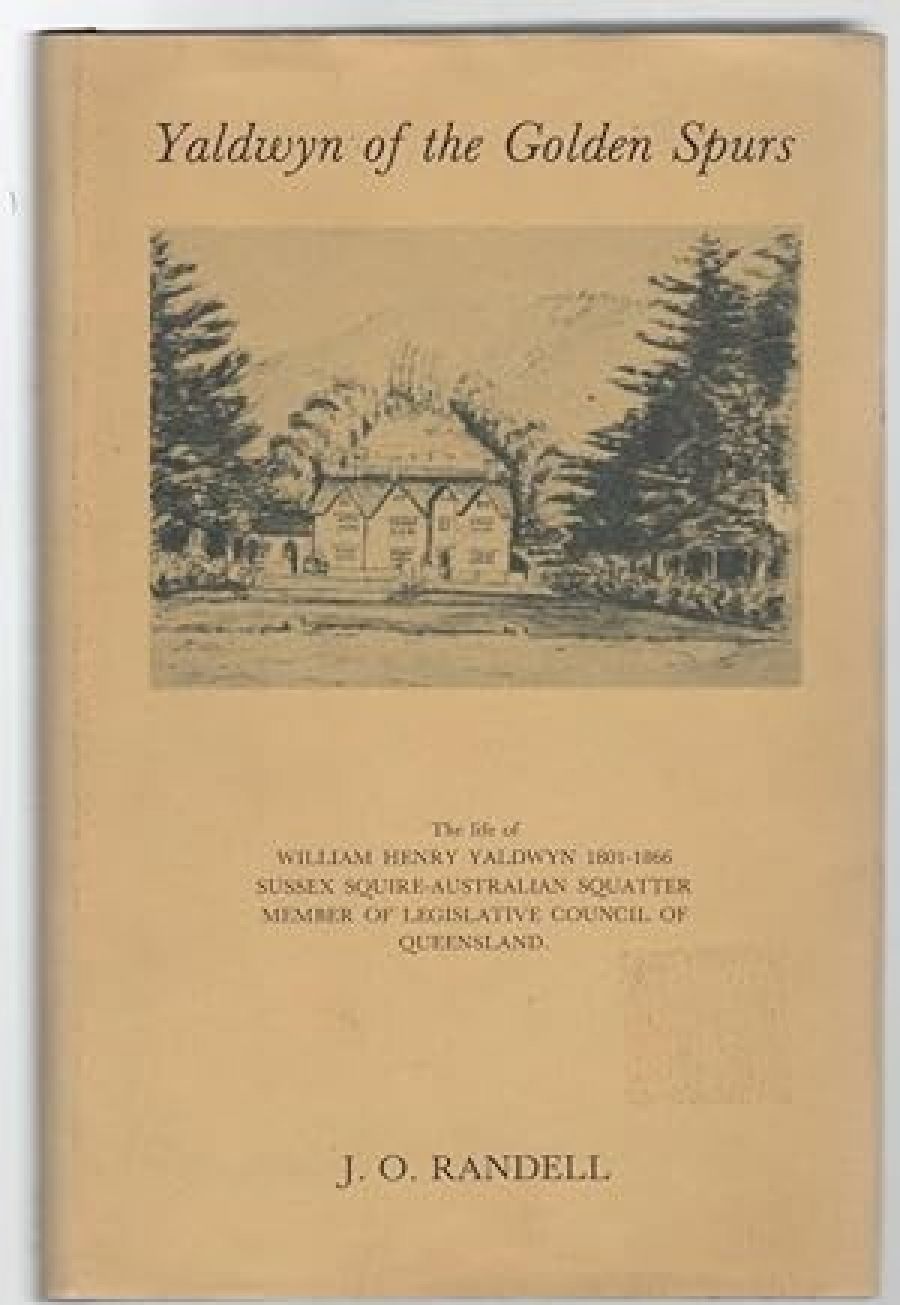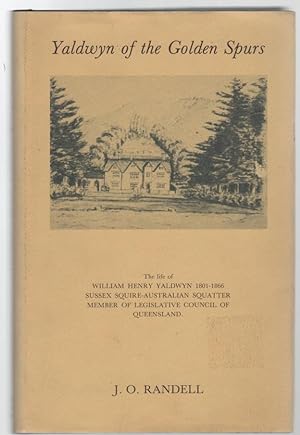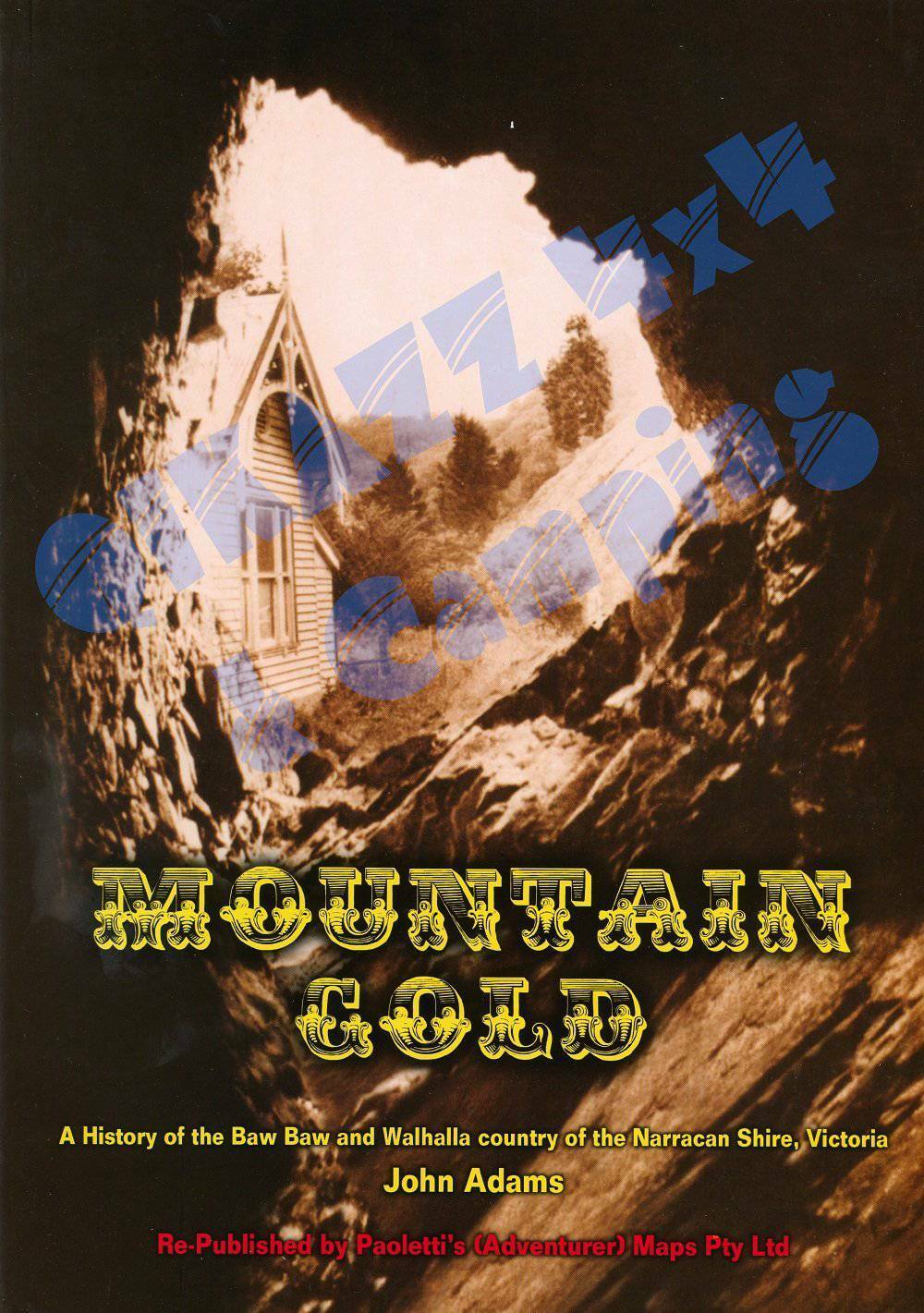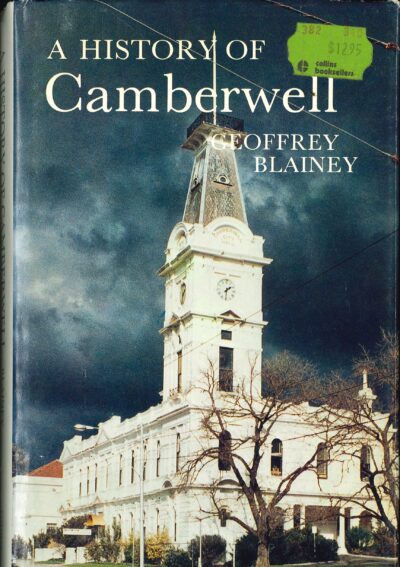
- Free Article: No
- Contents Category: History
- Review Article: Yes
- Article Title: The Community Spirit
- Online Only: No
- Custom Highlight Text:
For any who may suffer under the delusion that the production of good histories is easy, these three books offer some valuable lessons. The first, J.0. Randell’s Yaldwyn of the Golden Spurs, is the work of a Gentleman (i.e. amateur) historian, the other two are very much the labours of mere Players. William Henry Yaldwyn (1801–66) was a Sussex squire, (in Burke’s LandedGentry by the skin of his teeth), who turned Australian squatter to boost the family’s dwindling fortunes. He was certainly ‘in’ on some of the most significant historical action in midcentury Australia – pioneering Victorian squatter, a Port Phillip Gentleman and founder of the Melbourne Club, a visitor to the gold fields in 1852, and a few years later a pioneering squatter again, this time in Queensland. It was only Queensland that amply rewarded him, both financially and personally. He served two brief terms in the Legislative Council where, Mr Randell informs us, his ancestors’ Cromwellian sympathies encouraged him to propose a motion, finally passed by both houses in 1862, which established the elective nature of the upper house at the expense of the power of the Crown. As one of the few Queensland farmer politicians to have advanced the cause of Democracy, he is indeed a raraavis.
- Book 1 Title: Yaldwyn of the Golden Spurs
- Book 1 Biblio: Melbourne Mast Gully Press, $45, 161 pp
- Book 1 Cover Small (400 x 600):

- Book 2 Title: Mountain Gold
- Book 2 Biblio: Narracan Shire Council, 168 pp
- Book 2 Cover Small (400 x 600):

- Book 3 Title: A History of Camberwell
- Book 3 Biblio: Lothian, $12.95, 168 pp
- Book 3 Cover Small (400 x 600):

Mr Randell has done much careful research, but the book amounts to little more than a contextual vehicle for the publication of some interesting family papers. The real value of this family chronicle is in the presentation of some appalling accounts of the confrontation between black and white, and in the detailed descriptions of the family finances, business dealings and property juggling of the minor gentry. Yaldwyn offers an Antipodean dimension to the desperate struggle to maintain caste in the face of the gradual erosion of landed wealth in nineteenth century Britain, but I am not so sure that this was the author’s intention.
In keeping with the subject of the book you will have to fork out $45 for the privilege of owning it. However, do not panic, you will be making a sound investment rather than buying bedside reading. Mast Gully Press have dressed Yaldwyn up in luscious thick creamy paper, lots of cream space and an ever-so-discreet dustjacket in unlaminated blotting paper (to be read by those who wash their hands before every read). What a pity that the cream paper ruins the half-tones in the black and white photographs and that the typefaces are too small for comfort. There are, however, some delicate and excellent colour reproductions. The outrageous price is owing to the fact that there were only 350 signed and printed copies, which gives the game away viz new antiquarian treasures, as in Louis Quinze a Berkowitz.
One’s pique at such extravagance is really provoked by contemplating the fate of John Adams’s Mountain Gold, A History of the Baw Baw and Walhalla Country, the second volume of a local history commissioned by the Shire of Narracan. Here is a potentially first rate history of a fascinating region, but blighted by lack of money. The Shire has bypassed the professional service of a publisher and the book is designed and produced by a local printer. The result is a good book marred by the flaws house editors correct in every manuscript and made hard reading by atrocious design. However, do persevere for Mr Adams’s speciality is village settlements in Victoria and his vast researches provide a rich tapestry of life of the common people in this beautiful but hard mountain country. The book abounds in anecdotes and characters. One such was the popular Kitty Cane, once a dance hall girl, who set up in a shack in Aberfeldy to share the life of the miners. ‘She was believed to weigh as much as 140 kg. When she died she was to be taken up to the cemetery, but the miners bearing the coffin gave up the struggle after only a short distance from the shanty and she was buried by the track. Her grave is still there by the road into Aberfeldy, marked and cared for by the Country Roads Board.’
Over all broods the bush, itself as much a character in the story as the human ones, and as they often are, victim as well as protagonist. The giant mountain ash were believed to be the tallest trees in the world, but already by 1888 when there was a proper attempt to measure them scientifically, the greatest of them had been felled for palings. One of the few surviving giants was measured at 326 feet and 1 inch; it ended its days soon after as 6,000 superfleet of palings. The rise and fall of Walhalla is central to the story and one comes away from it impressed by the brevity of Anarchy’s reign in these remote gold-fevered settlements and by man’s determination to civilise his social environment no matter what. Adams takes us through village after village as the pioneering miners establish a community its stores, schools, churches, lodges, law and order, mechanics institute, and local government. There is plenty of historical gold to be mined in this unprepossessing book so do not be deterred.
Finally it is a sheer delight to read the new and revised edition of Geoffrey Blainey’s classic, A History of Camberwell. This little book represents the acme of the historian’s craft, its apparently effortless narrative belying the intellectual sophistication and the depth of scholarship that makes it all possible. Good historical writing does not consist in providing a learned commentary for a string of ‘good quotes’; rather it is an analytical narrative, distilled from a mind and imagination thoroughly soaked in the sources. It is very easy to read, but awfully hard to write.
However A History of Camberwell amounts to more than a classic local history, for it is one of the few historical works to tackle that least studied segment of Australian life, the suburban middle classes. In one exquisite paragraph Professor Blainey deftly identifies the middle class social and political presence that was to underwrite the Menzies era. Camberwell was a suburb that earned rather than inherited wealth and professional success, and its politics oscillated between conservative and old-fashioned liberal. Blainey goes on, preparing us for the ‘Triumph of the Milkbar’:
In the first decades of this century Camberwell was becoming in politics and religion and social attitudes, a community that differed as much from a wealthy suburb like Toorak as it differed from an industrial suburb like Collingwood. Its council was eager to create an environment that differed from the inner suburbs from which most of its citizens had migrated. Camberwell fought industrialism, banned quarrying, and refused to license noxious industries like the manufacture of dripping. It upheld standards of housing, refusing to sanction shops or houses on small allotments, and refusing from 1898 to allow wooden houses to be built in an increasing number of streets. It fought blatant commercialism, prohibiting from 1916 the display of any advertisement that ‘disfigures the beauty of any landscape in the District’. And it won its proudest victory when by popular vote it closed every hotel and wine saloon in the district.
It is no accident that the other major historical studies of the Victorian middle classes – those of Weston Bate and Graeme Davison – have, like Blainey, chosen the mode of ‘local’ history – that is, of political and economic entities – because the respectable middles classes too often elude the clutches of the social historian. Their intense privacy, their material security and their respectability keep their average representatives out of the newspapers, the records of charity workers and social investigators, and until the coming of the motor car, out of the law courts. Their reserve frustrates the nosey oral historian at every turn; their politics often tells more of loyalty and letterboxing than of passion and ideology. Only their religion, when it wears its wowser hat, reveals their distaste for drunken proletarians, especially of the Irish-Catholic variety, and their wariness of gouty Toorak tycoons. However, Professor Blainey is sensible of the essential dignity and family virtue of the garden eastern suburbs of Melbourne. In his final chapter he brings the story up to the present day, recording the passing of the ‘Old Camberwell’, and the emergence of a new ethos in their descendants – a greater devotion to pleasure and possessions, trends and style, which must quietly appall their modest and disciplined elders. At S12.50. this must be the best book value you will find this year.


Comments powered by CComment